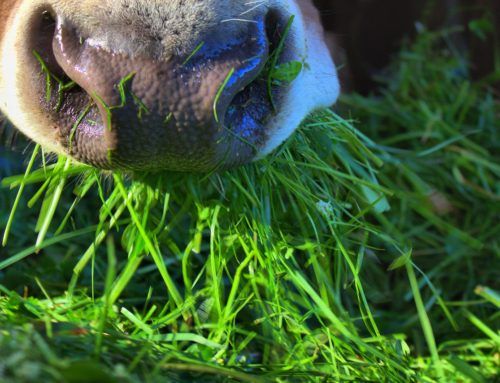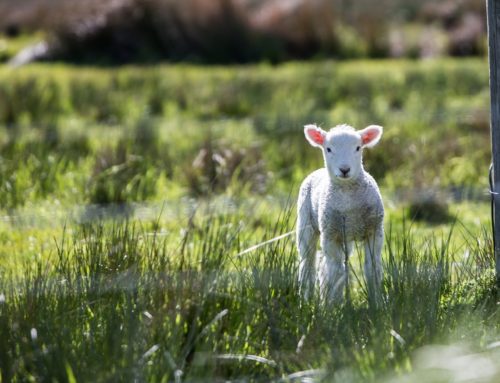Most of these tips apply to any kind of livestock that will be giving birth. So check it out!
For some the calving season is almost upon us, while for others, the start of the calving season is still a few months away. The following are practices to consider in preparing for the upcoming calving season.
1. Pay attention to nutrition needs of bred heifers or cows prior to calving.
Adequate body condition at the time of calving for young females and mature cows is important as it impacts stamina during delivery of the calf, colostrum quality, calf vigor, and also impacts subsequent rebreeding. Adequate nutrition during the last trimester of pregnancy and especially the last 50 to 60 days prior to calving is important. Two-year-old heifers and three-year-old cows are vulnerable during this time period. These young females are still growing themselves while growing a calf inside them. As this calf grows and takes up room, rumen capacity is impacted and the amount of feed the young female can eat is reduced. The impact of this condition can be compounded when this time period prior to calving coincides with bitter cold weather and available forage that is low in energy and protein. Body condition can deteriorate rapidly under these conditions.
2. Review your herd health plan with your veterinarian.
Discuss the production system, identifying critical control points where management could reduce risk and effectively improve herd health. Utilize treatment records from last year to identify particular areas where problems occurred. Use this information to develop a plan to specifically address management options to mitigate health problems that have historically been an issue. If needed records have not been kept, what records should be kept in the upcoming year that would provide information that would be helpful in making management and husbandry decisions?
3. Examine calving facilities making sure they are in good working order.
Frequently it has been 9 to 10 months since calving facilities have been used. Inspect gates, pens, alleys and head catches, fixing or replacing broken items. Good lighting is an important part of a calving facility. Check lights and have replacement bulbs on hand. Thoroughly clean calving areas, pens and barns. Starting the calving season with clean areas can help slow the development of health problems related to “dirty” areas that can encourage disease proliferation.
Free shipping on items marked. Free shipping on orders $65 or more on all other products in all 50 states.




